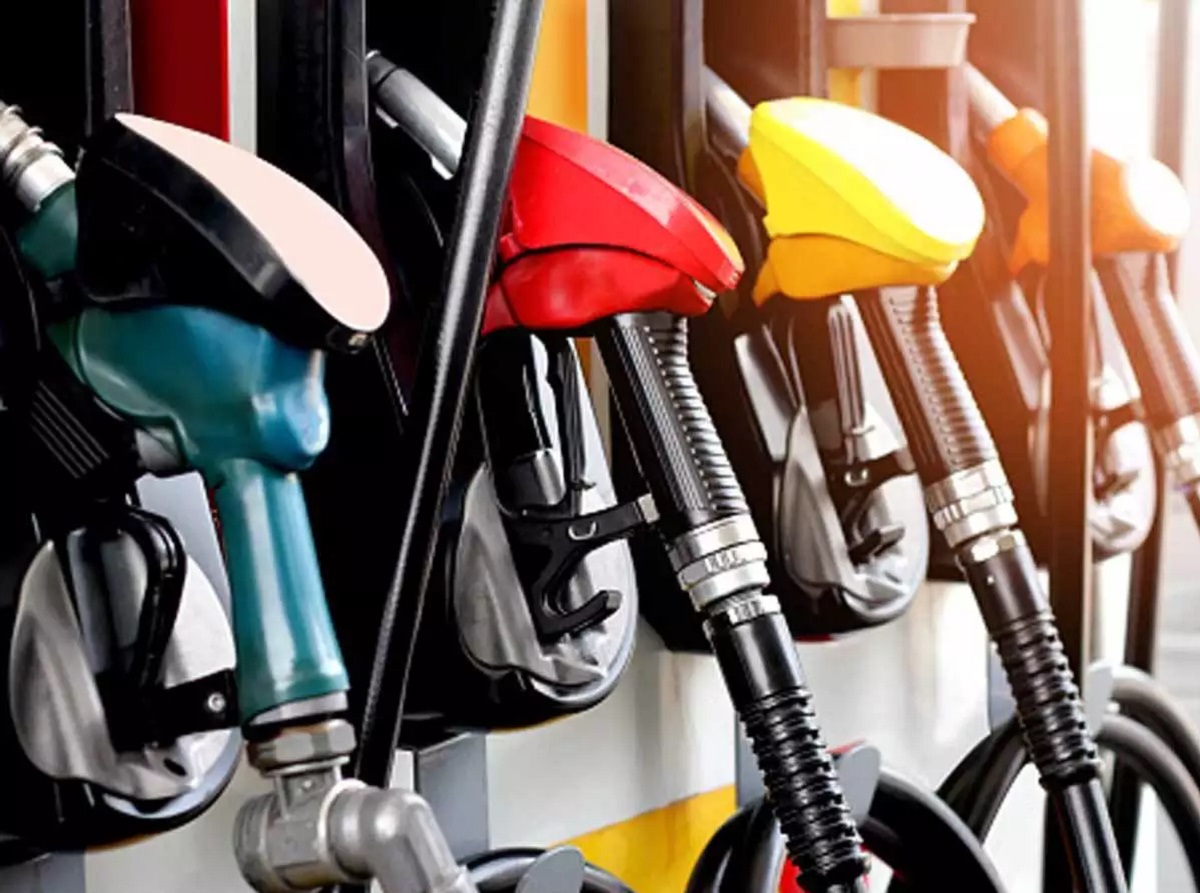Fuel prices are always on the rise in the country. Vehicle owners and drivers are always on the lookout for cheaper ways to use their cars and with the high cost of fuel, it doesn’t get any better.
Expert research has found out a couple of ways that can help an individual with a car to save on its running cost by use of less fuel.
1. Ensure tyre pressure is well balanced
Most drivers underestimate the impact of tire pressure on the consumption of fuel. Properly inflated tires can help reduce fuel consumption by 3% per trip. This will save you lot of money if you calculate monthly or even weekly.
One can check with his/her pressure gauge to ensure that the pressure is well balanced. However, fuel stations have an air compressor that stops at a certain predetermined level once the pressure is enough.
2. Tune-up the engine
A properly tuned engine maximizes power and can greatly enhance fuel efficiency. Beware, though, that many tuners will disable efficiency measures when tuning for power. Be sure you are keeping good spark plugs in the engine, changing the oil on time, making sure the air filter is clean.
3. Check the condition of your engine air filter
A dirty filter will reduce fuel economy, or make the engine stall when idling. Just like mowing dusty grass, driving on dusty dirt roads will clog the air filter: avoid dusty clouds.
4. Lighten your load
Get the lightest car that will serve your needs. Weight is one of the biggest causes for loss of energy in cars which is generated through fuel. If you’re not shopping for cars, then take any extra weight off of the one you’re already driving. One should remove seats that he is not using if possible ensuring your trunk does not carry heavy things exceeding the limit. If you use your boot as a storage space for heavy things, find another place for them.
SEE: How digital driving licences will affect motorists
However, don’t remove things from the car that you need frequently; instead, make sure these are in the car and readily accessible because wasted trips to retrieve or replace them will be much worse than a little lower mileage.
5. Select narrow tyres for your vehicle that will satisfy your driving style and demands
Narrow tyres help reduce the dragging pressure which consumes a lot of energy. However, don’t get a tyre that is incompatible with your wheels (use the size tires that came stock on the vehicle), and do not get smaller wheels unless your manufacturer approves.
6. Make sure the oxygen sensors, engine emissions system, and evaporative emissions control systems are in good shape on fuel-injected cars.
Often the “check engine light” coming on is an indication that there is a problem with one of these components. A damaged oxygen sensor may cause your car to have too rich of a fuel mixture considerably increasing the fuel consumption.
7. Buy quality fuel
No two fuels are the same, and while “discount” brand fuel may save you a few shillings it is dangerous and also burns at a high rate which increases consumption. Original and quality fuel burns at the required rate and hence less consumption. Low-quality fuel may even pose a great danger as the car may blow up due to the mixtures in it.
8. Accelerate smoothly
The perfect way to travel is at a constant speed (ideally around 50mph), and in the highest gear (five or six if you are doing manual). So if you’re a patient driver, you’ll have lower fuel bills – it’s as simple as that. It’s unrealistic to avoid overtaking, but there’s little point accelerating past a car to simply be in front of it at the next set of lights – any instant gratification will appear on your fuel bill the next time you fill up.
9. Turn the air-conditioning off
It’s tempting to leave the air-con on the whole year-round. It stops the windows misting up in cold weather and you don’t ever need to think about the temperature inside the car, but it uses quite a bit of fuel, so we’d advise you turn it off when it’s not hot (on most cars the button has a snowflake symbol).
RELATED: Five things you should not do while driving automatic car
10. Don’t drive in the rush hour
There are few worse places to spend your time than stuck in a traffic jam, but it’s also a very expensive way of travelling. Every time that you stop and start in traffic, your car needs first gear and a huge amount of fuel to get moving again. Second gear is not much better. The best solution is to not travel during the rush hour.
You can also save some fuel by trying to understand what the traffic is doing in front of you, and travelling steadily at a slow speed, rather than accelerating and braking.
If you have to travel in rush hour a lot, then you could consider buying a hybrid car, which uses much less fuel in town than a normal petrol or diesel.
11. Close the windows (and sunroof, if you’ve got one)
It’s not so much of a problem when you’re driving in town (see above), but when you’re out of town or on the motorway and moving more quickly, the shape of your car is very important. Car designers call it aerodynamics and make lots of effort to reduce the ‘drag’ and make the car as sleek as possible. Anything that makes wind noise as your car goes along is actually making your car more expensive to run. You can’t do much about the design of your car, but you can avoid making it worse by not leaving the windows and sunroof open. It’s better to use the air vents for most of the year, and the air-conditioning when it gets too hot.













The article has a lot of useful information for me. I always care about saving fuel, because the cost of it every year is not small. Thanks!
Tire pressure does impact fuel consumption aside from traction, comfort, and ride stability. Properly inflate your tires. Besides saving you your money, that’s also about your safety. Great article, Philip.
I suggest one more trick that is to turn off the machine when waiting for it to stop. Starting the engine while waiting will increase emissions and fuel consumption. In case of unnecessary, turn off the engine if the vehicle is stationary for more than 30 seconds, helping to avoid wasting fuel.